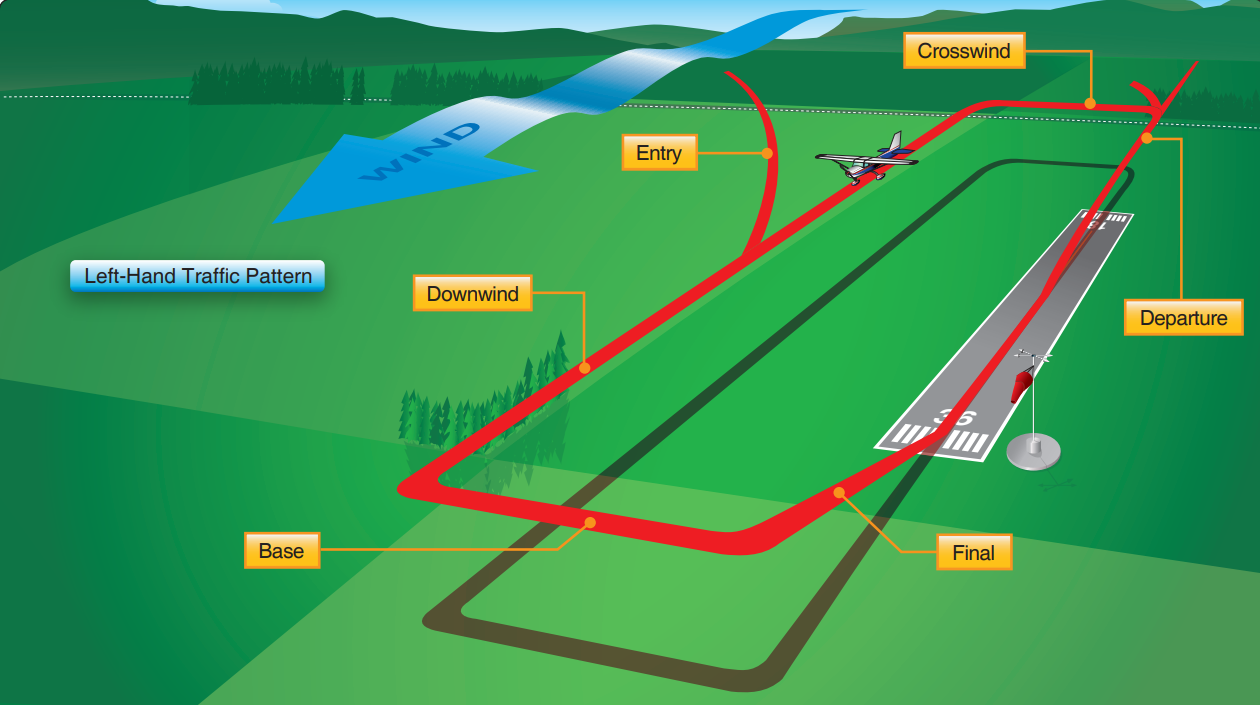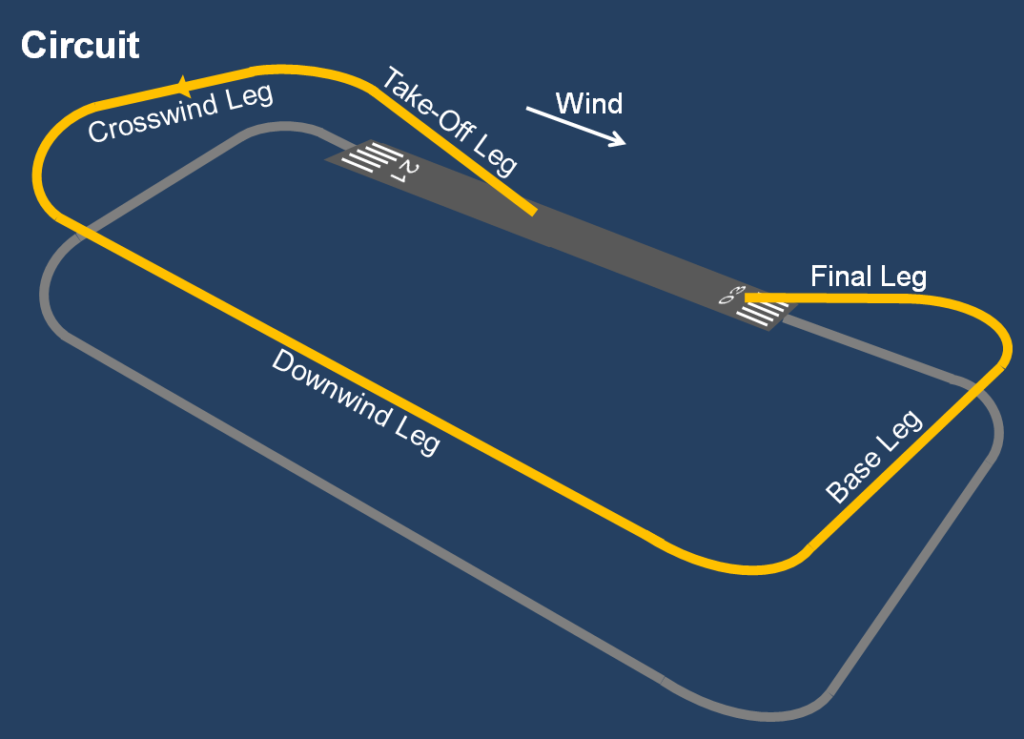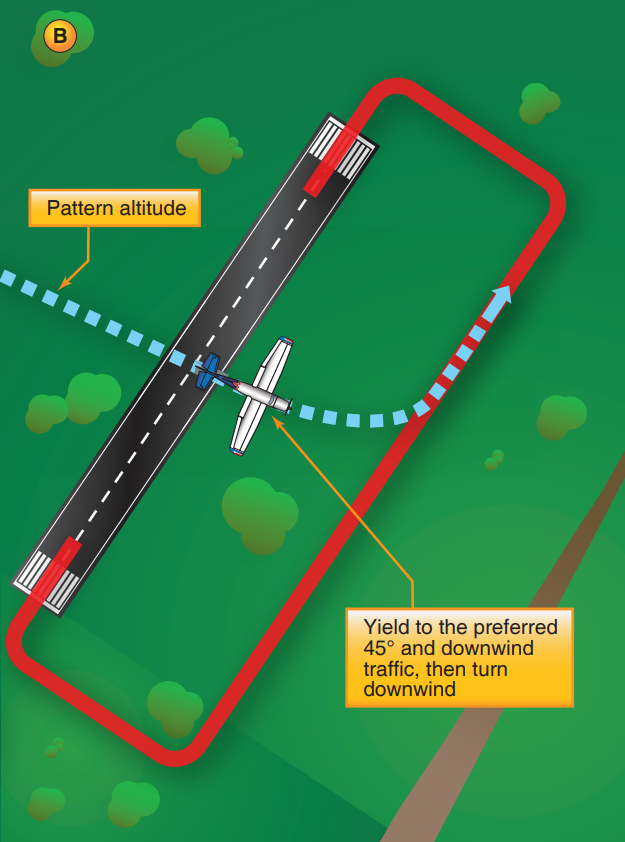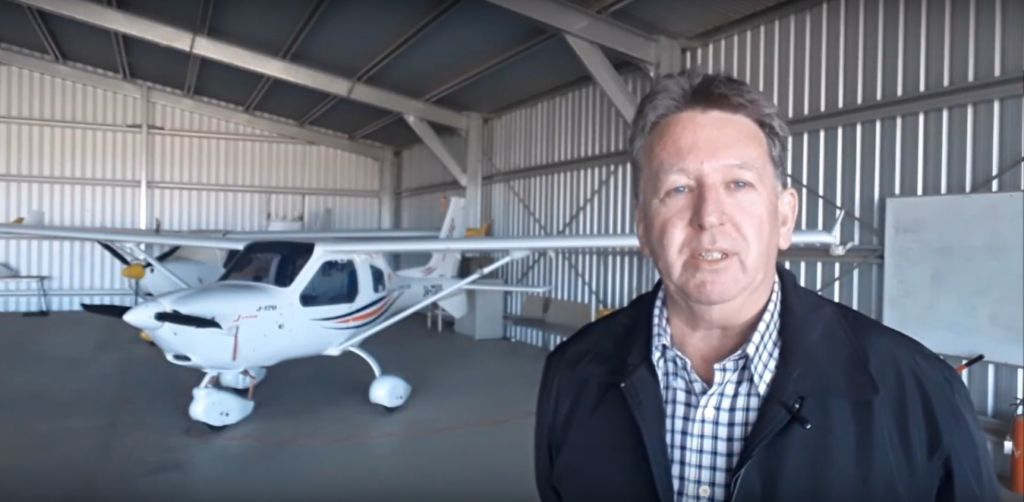Lets Fly The Pattern – Do it Safely.
Flying a plane & entering the traffic pattern is a challenge with all the activity such as other aircraft plus radio calls and just managing your own aircraft. The trick is just getting into the traffic pattern so you need to learn this so as to remain safe. When your flying a plane & entering the traffic pattern our eyes are your best friend so you must keep them out looking for other powered and non powered aircraft.
You may not be aware but even in the air there are give way rules to be aware of. I have personally been in the pattern quite happily heading down the downwind leg and have 2 gliders appear above and slightly ahead of me. In this case I had to get out of their way. Communication is key so letting them know your intentions as well as letting them know you see them when your very close is crucial.
Pilot Give Way Rules – Just Like a Car!
The Rules for when aircraft encounter another aircraft heading in the same or similar direction at a similar height is the aircraft with the other aircraft on his right must give way. This changes with powered and non powered aircraft as I had to do in the situation above.
The gliders have right of way so I announced I could see the two with one slightly higher than me and I would reduce power and move out of their way. They dropped into the pattern and I extended to the right while in a left pattern direction for R05.
All went well, they landed, I flew an approach but went missed approach flying another full pattern before landing. There is more than just jumping into an aircraft and going flying.
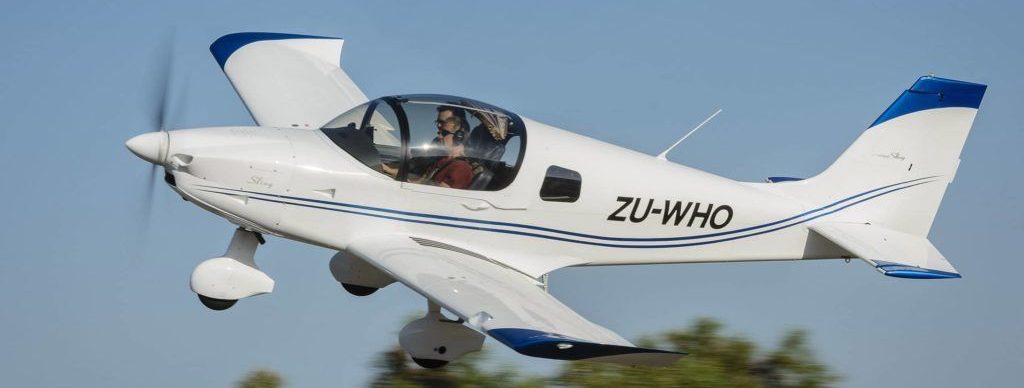
Entering the Traffic Pattern – Downwind Leg.
I would say from my own experience flying Light Sport aircraft that this along with joining right at the beginning of the downwind part of the pattern is the most common way of joining the pattern.
The 45 degree joining of the downwind leg allows pilots to see what’s in the pattern, climbing from a takeoff or touch and go from the active runway. Visual Flight Rules are just that. Looking for aircraft because a very high number of mid air collisions occur in the pattern. These are mostly deadly so look and learn please.
Joining the Circuit from the Dead Side – No Ghosts Here!
In this example the aircraft is coming from what is referred to as the dead side. You approach the airport outside the current pattern at normally 1500ft AGL. You descend to traffic pattern height while doing so again at 45 degrees to the downwind leg.
This entry I have flown quite a few times and I found useful when the pattern direction and runway were not initially obvious. At non towered airports which is my experience mostly this is a great way to view the whole airfield, locate the wind sock and then determine where to join the circuit.
In my own training I was still at 1500 Ft over the runway but descending to meet the pattern height as I met the downwind leg. This graphic is from the FAA so this may have changed since I flew which was a few years back now.
(I am not an instructor so as always please consult your QFI for real world flight training. Thanks. )
This is to much! Entry with a Turn. Bad Idea I think!
This entry I personally have not flown and would never personally choose to fly it. Why Not?
There is way to much going on in this type of entry. Flying the aircraft is busy enough ensuring your flying coordinated flight, managing speed and altitude while visually checking for aircraft and managing gear and flap settings.
That’s a lot going on let me tell you! I appreciate it says fly out 2 miles as you turn and return to join at 45 degrees to the downwind leg but it’s just a lot to consider especially if your a low time pilot on your own. My opinion and you can disagree but first fire up the flight simulator of your choice, set up a few aircraft in the pattern if you can then fly these entries.
You will see how busy it is then add some poor weather or strong winds to complicate an already mentally busy time trying to get to the ground safely.
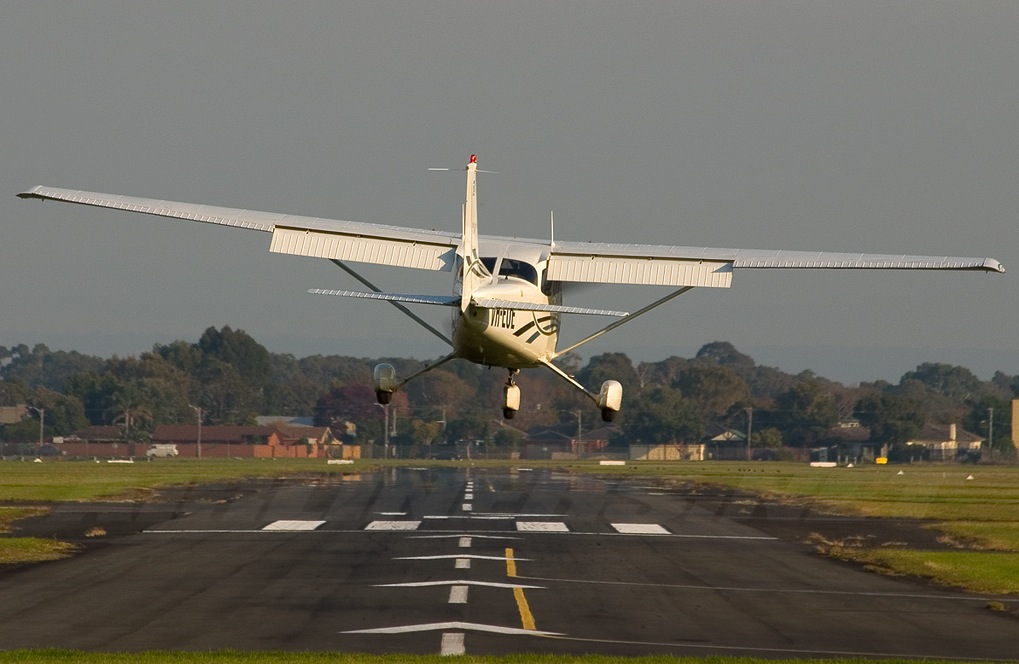
Straight in Approach – Not Always the Best Option!
This seems the best and most effective approach and in many YouTube videos it happens a lot. My own flying club frowned on people just frying straight in. I have to say I have never had the opportunity to flying a plane & entering the traffic pattern straight in to the runway. I was always made to fly a full pattern. Maybe its the safety factor at a non towered airport and checking the pattern and other aircraft before landing.
I would agree that the full circuit for the few minutes extra it takes would be safer with the exception of a towered airport where everything is more controlled and someone is looking out for you making sure there is good separation.
The most important objective is to join the circuit, fly it accurately and see the VASI lights if you’re lucky enough to have them. At my own small ex bomber air base I flew at we just had the Mk1 eyeball to calculate the 3 degree flight path.
It doesn’t sound like much but looking down 3 degrees of glide slope seems pretty high at 500f agl as you turn onto final. It’s a daunting picture for a while till you get use to it.
What’s your most common pattern entry? What do you fly real world or in Sim. Is it always the straight in approach for you captains or do you challenge yourself more.
Let me know down in the comments! I would love to hear from you.
Author.
Brendon McAliece is a multi lingual-expat who brings over three decades of flight simulator/PC building experience as well as over two decades of real world jet fighter experience as a weapons/egress technician. He holds a sport pilot certificate giving him real world flying experience. Hi travels have taken him from Europe to the Middle East, Asia and his home of Australia. He has a passion for travel, languages, Flight simulation as well as Guitaring and Coffee. You can read more in his blogs below.
Learn more @
DreamingGuitar.com – DreamingCoffee.com – LetsFlyVFR.com
As an Amazon affiliate I may earn on qualifying sales.

